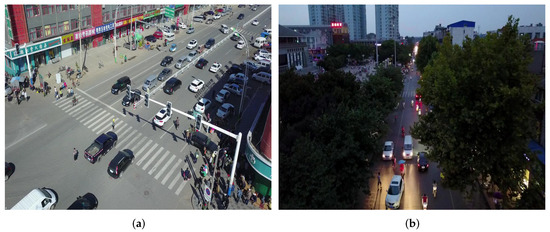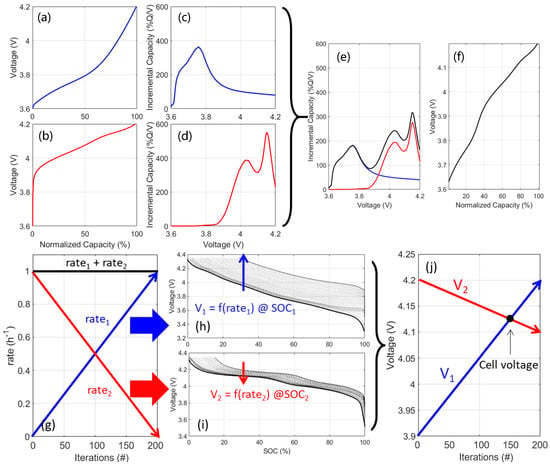Macrobrachium rosenbergii is a warm water species, and low temperature is a limiting factor for its growth and survival. In order to explore the role of the
acetyl-CoA-carboxylase (
ACC) gene in response to the cold stress of
M. rosenbergii, we investigated the effects of RNA interference (RNAi) with the
ACC gene on the expression of fatty acid metabolism-related genes and the mortality of
M. rosenbergii under cold stress. The results showed that different siRNA sequences and different injection concentrations had different inhibiting effects on
ACC gene expression, and siRNA-III with an injection concentration of 2.0 μg/g (siRNA/prawn body weight) had the best interference effect. With the optimal siRNA and the optimal concentration under cold stress, the expressions of three fatty acid metabolism-related genes,
FabD,
echA, and
ACOT, were generally significantly down-regulated. Compared to negative (scrambled-siRNA) and blank (PBS) control groups, the expression of
FabD in the interference group was extremely significantly down-regulated at 12 h in the hepatopancreas and at 18 h in the muscles and gills;
EchA was highly significantly down-regulated at 6 and 12 h in the muscles and gills; and
ACOT was extremely significantly down-regulated and kept declining in the gills. Within 6–18 h after injection under cold stress, the mortality rate of the siRNA interference group (75%) was much lower than that of the negative (95%) or blank control group (97.5%), and all prawns died after 24 h. In conclusion, RNA interference with the
ACC gene inhibited the expression of some fatty acid metabolism-related genes, and could partly improve the tolerance of
M. rosenbergii to cold stress, indicating that the
ACC gene might play an important role in the response of
M. rosenbergii to cold stress.
Full article
 IJMS
IMPACT
IJMS
IMPACT Applied Sciences
IMPACT
Applied Sciences
IMPACT Sustainability
IMPACT
Sustainability
IMPACT Sensors
IMPACT
Sensors
IMPACT JCM
IMPACT
JCM
IMPACT Materials
IMPACT
Materials
IMPACT Molecules
IMPACT
Molecules
IMPACT Energies
IMPACT
Energies
IMPACT Electronics
IMPACT
Electronics
IMPACT Remote Sensing
IMPACT
Remote Sensing
IMPACT Cancers
IMPACT
Cancers
IMPACT Nutrients
IMPACT
Nutrients
IMPACT Mathematics
IMPACT
Mathematics
IMPACT Foods
IMPACT
Foods
IMPACT Buildings
IMPACT
Buildings
IMPACT Polymers
IMPACT
Polymers
IMPACT Animals
IMPACT
Animals
IMPACT Water
IMPACT
Water
IMPACT Plants
IMPACT
Plants
IMPACT Agronomy
IMPACT
Agronomy
IMPACT Biomedicines
IMPACT
Biomedicines
IMPACT Processes
IMPACT
Processes
IMPACT Microorganisms
IMPACT
Microorganisms
IMPACT Diagnostics
IMPACT
Diagnostics
IMPACT Nanomaterials
IMPACT
Nanomaterials
IMPACT Viruses
IMPACT
Viruses
IMPACT Medicina
IMPACT
Medicina
IMPACT Healthcare
IMPACT
Healthcare
IMPACT Cells
IMPACT
Cells
IMPACT Forests
IMPACT
Forests
IMPACT Agriculture
IMPACT
Agriculture
IMPACT Land
IMPACT
Land
IMPACT JMSE
IMPACT
JMSE
IMPACT IJERPH
IJERPH
 Symmetry
IMPACT
Symmetry
IMPACT Genes
IMPACT
Genes
IMPACT Pharmaceutics
IMPACT
Pharmaceutics
IMPACT Coatings
IMPACT
Coatings
IMPACT Micromachines
IMPACT
Micromachines
IMPACT Pharmaceuticals
IMPACT
Pharmaceuticals
IMPACT Atmosphere
IMPACT
Atmosphere
IMPACT Children
IMPACT
Children
IMPACT Religions
IMPACT
Religions
IMPACT Antioxidants
IMPACT
Antioxidants
IMPACT Life
IMPACT
Life
IMPACT Metals
IMPACT
Metals
IMPACT Biomolecules
IMPACT
Biomolecules
IMPACT Vaccines
IMPACT
Vaccines
IMPACT Education Sciences
IMPACT
Education Sciences
IMPACT Minerals
IMPACT
Minerals
IMPACT Horticulturae
IMPACT
Horticulturae
IMPACT Brain Sciences
IMPACT
Brain Sciences
IMPACT JPM
IMPACT
JPM
IMPACT Bioengineering
IMPACT
Bioengineering
IMPACT





















